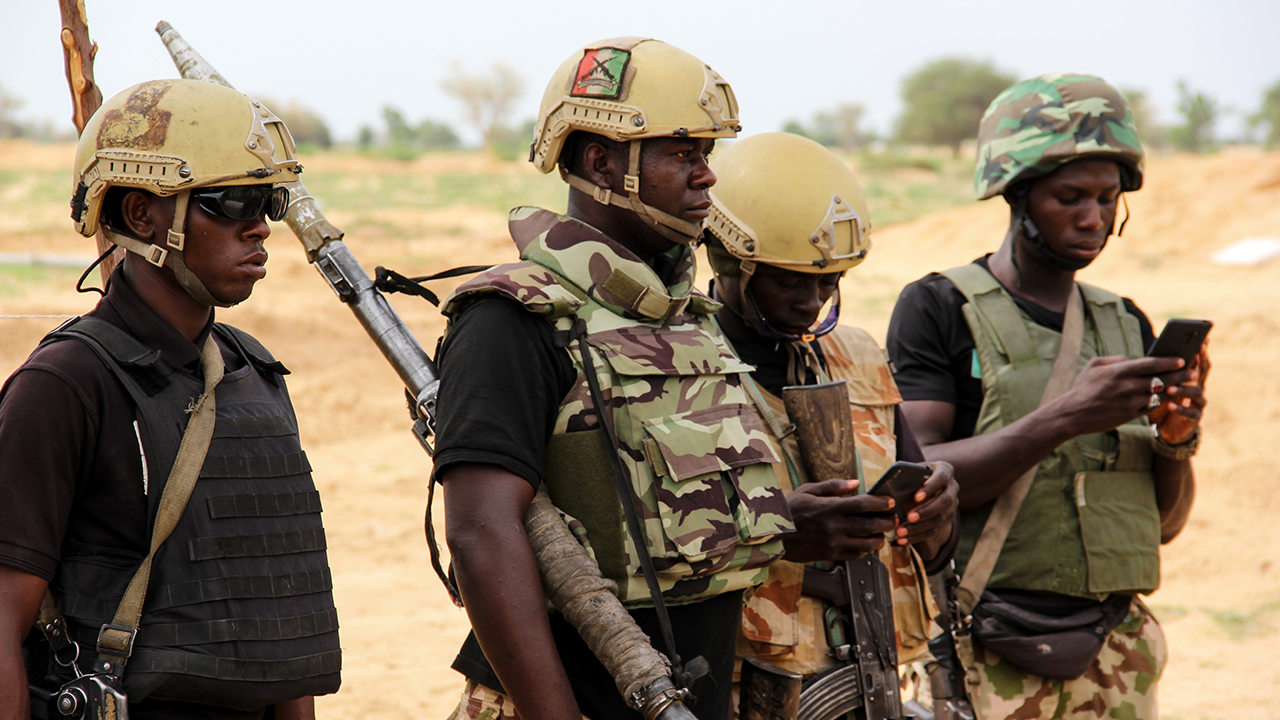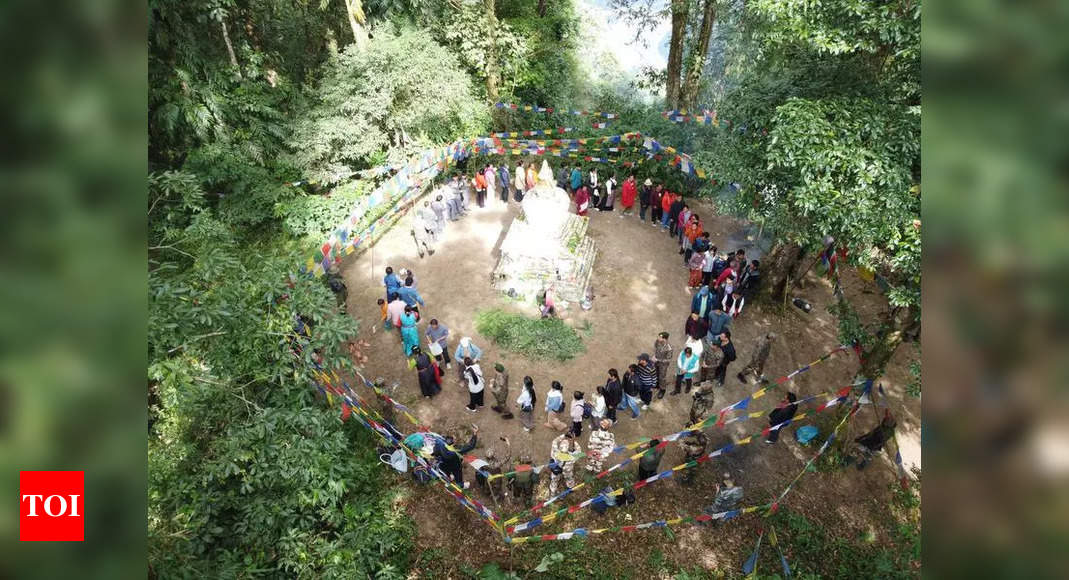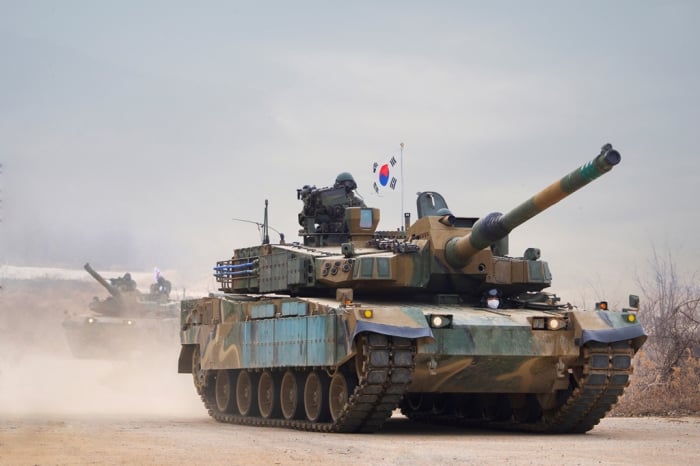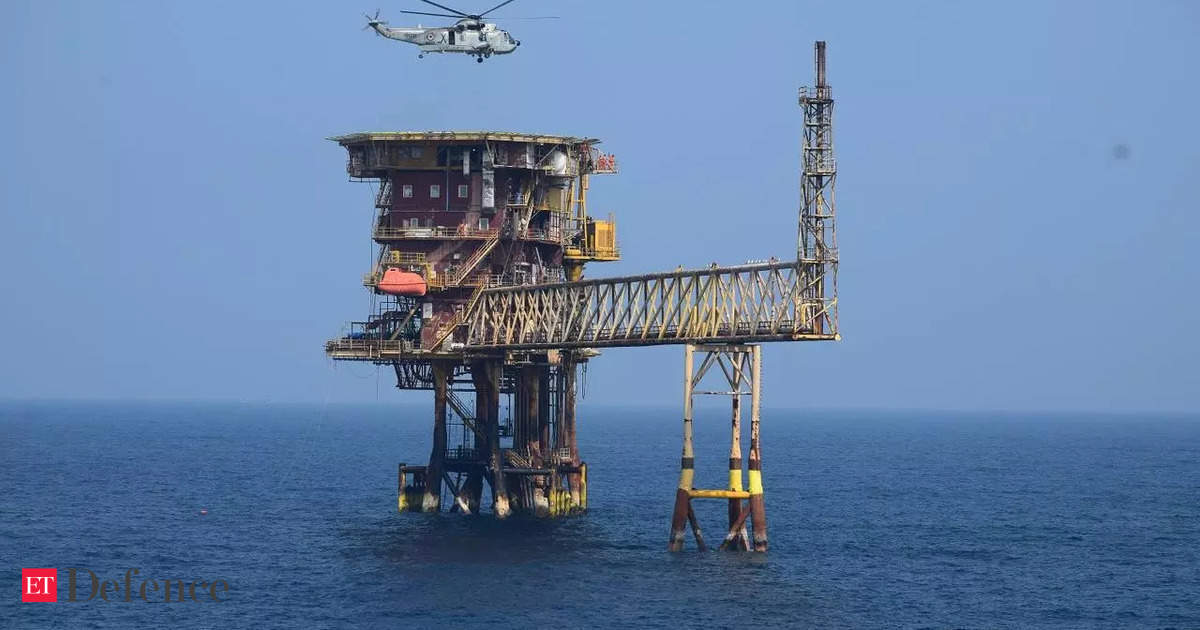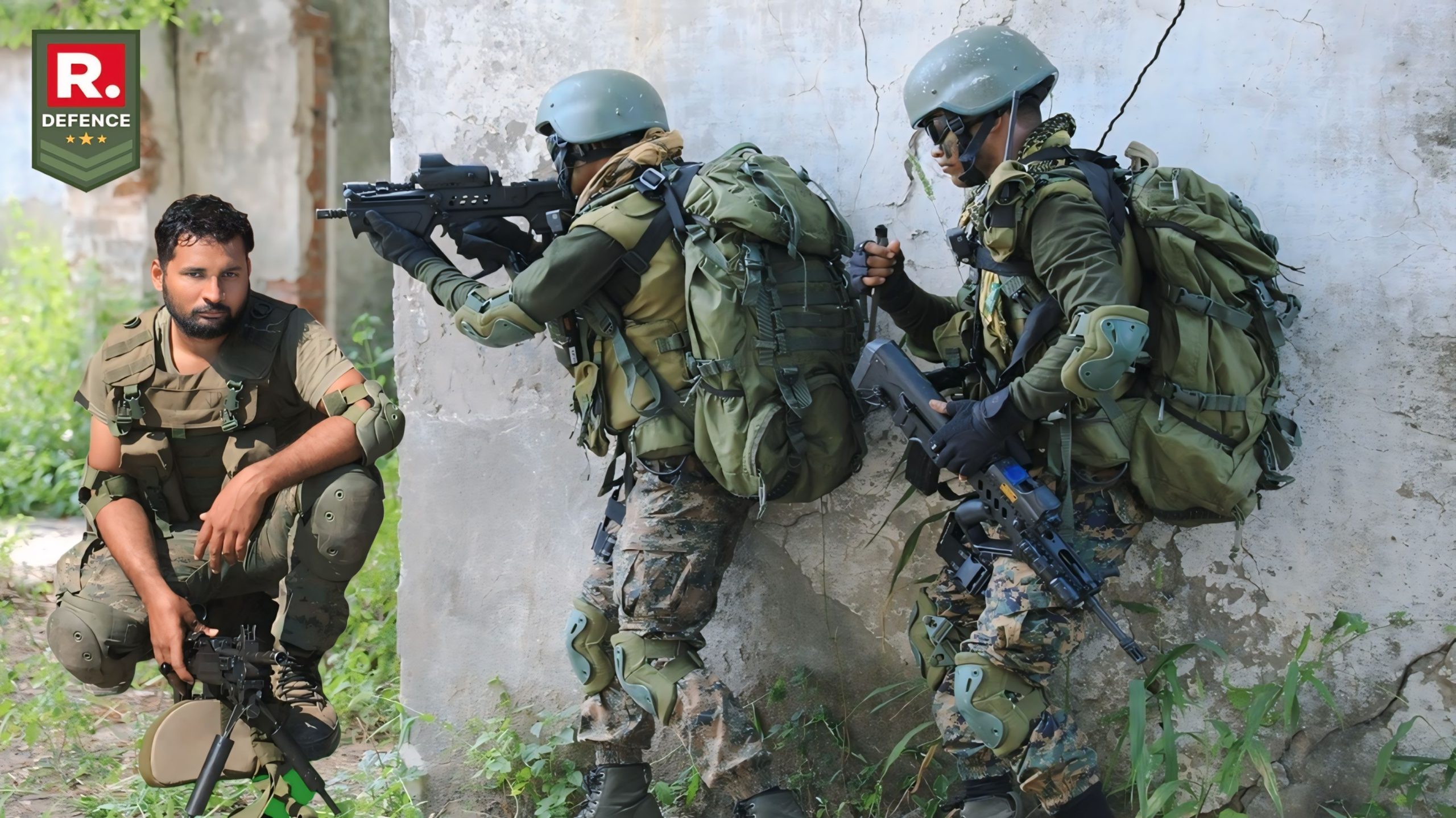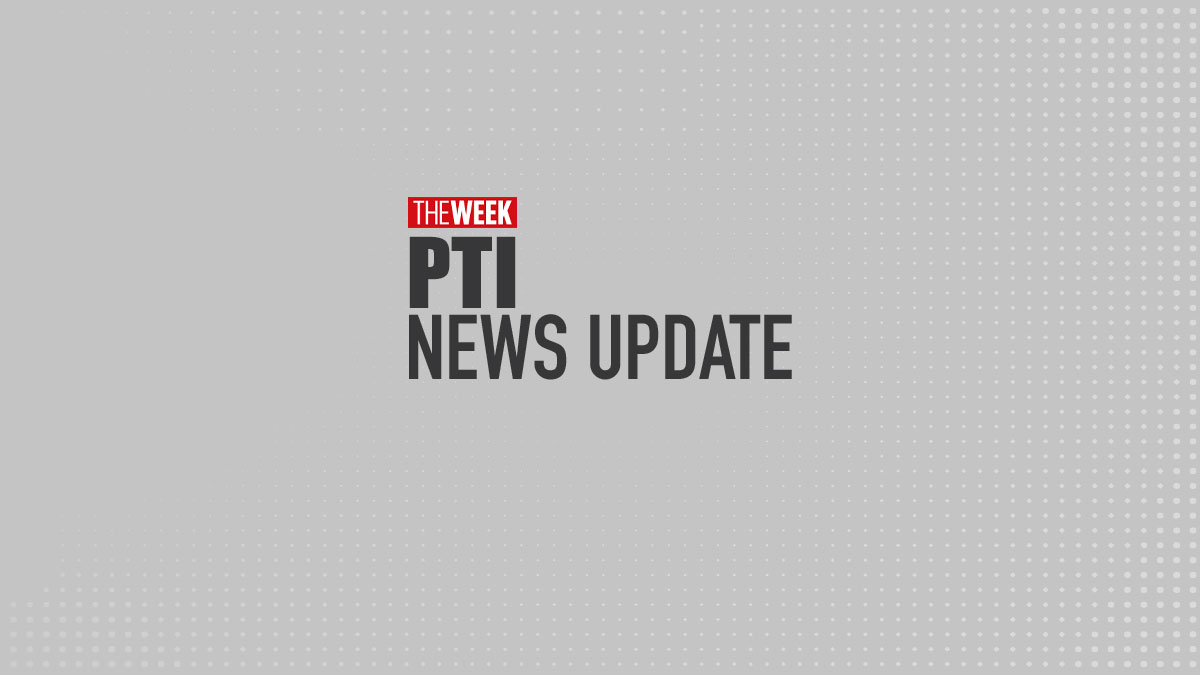ISWAP Raid on Nigerian Military Base Leaves Five Soldiers Dead and Ten Injured
In a devastating dawn assault on Saturday, militants from the Islamic State West Africa Province (ISWAP) targeted a military base…
Indian Army Commemorates Heroes of 1962 Indo-China War on Kepang La Day in Arunachal Pradesh
In a poignant ceremony held recently at Gelling in Arunachal Pradesh, the Indian Army's Spear Corps commemorated the annual Kepang…
South Korea and Peru Enhance Defense Ties with Multi-Domain Agreements
South Korea has strengthened its defense ties with Peru through a series of agreements aimed at enhancing the multi-domain defense…
Southern Naval Command Leads Coastal Defence Exercise ‘Sea Vigil 2024’ in Kerala and Lakshadweep
In a significant initiative for national security, the Southern Naval Command is set to coordinate the Coastal Defence Exercise 'Sea…
Corporal Jyoti Prakash Nirala: A Hero of the Indian Air Force Honored with Ashoka Chakra
In the serene village of Blih, nestled in the heart of Bihar's Rohtas district, the life of Corporal Jyoti Prakash…
Indian Navy to Conduct Coastal Defence Exercise ‘Sea Vigil 2024’ in Kerala and Lakshadweep
Kochi is set to play a pivotal role in the upcoming nationwide Coastal Defence Exercise, dubbed 'Sea Vigil 2024,' as…

